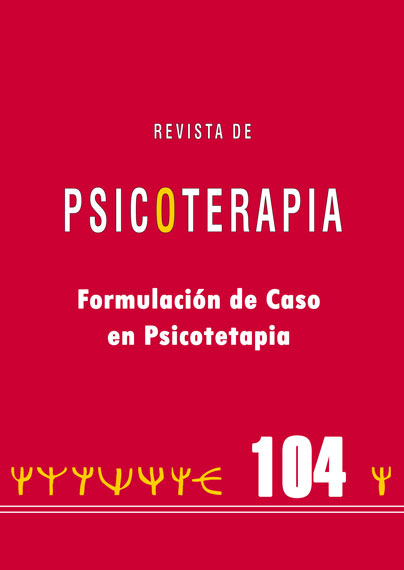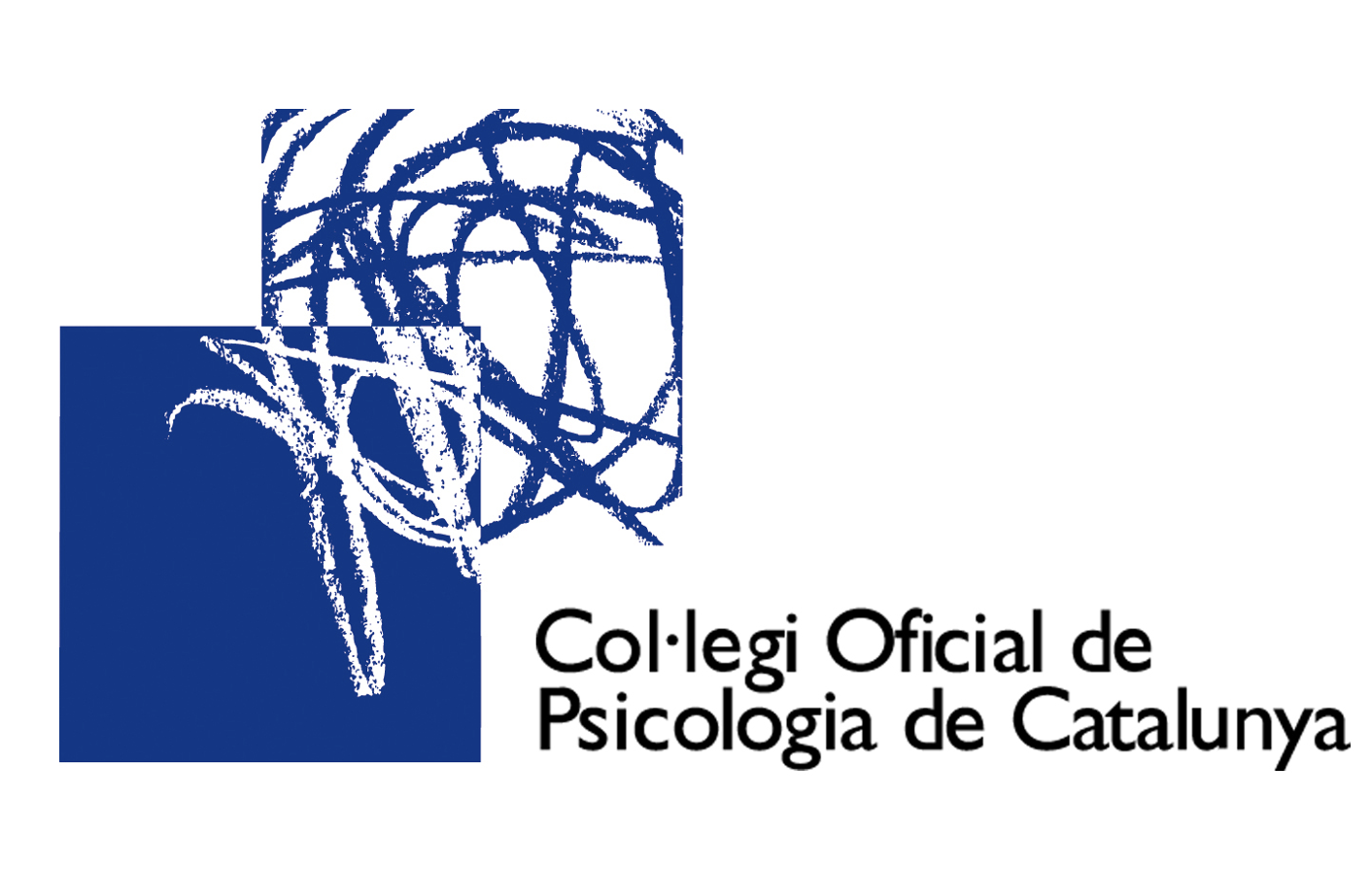El Diagrama Circular en Terapia de Pareja: Un mapa relacional para guiar el proceso terapéutico
DOI:
https://doi.org/10.33898/rdp.v27i104.124Palabras clave:
Terapia de pareja, terapia sexual, patrones de interacción, circularidad, formulación de casos, formulación sistémicaResumen
En el presente texto se describe de manera pormenorizada una de las técnicas más versátiles para la formulación de caso y la intervención en la terapia de pareja: El diagrama circular. Esta es una herramienta que permite mapear los patrones de construcción interpersonal e incidir sobre los ciclos de interacción que mantienen/ disuelven los problemas por los que consultan las parejas. Con el objetivo de retratar esta tecnología de forma amplia, el texto se divide en dos bloques diferenciados. En el primero se presenta una guía breve de formulación de casos desde el modelo sistémico, la cual sirve de marco conceptual para el segundo bloque centrado en la descripción del diagrama. En este, primero se explica qué es el diagrama circular y se especifica, paso a paso, cómo se construye, detallando cada uno de sus niveles (acción, significado y modelos relacionales), así como la forma de construirlo en el contexto de la entrevista terapéutica. Además, se presentan dos ejemplos clínicos para proporcionar al lector una idea más precisa de la utilidad del diagrama en la formulación clínica. Después, se comentan los beneficios de su uso en el contexto de la terapia de pareja como herramienta focalizada en patrones de construcción interpersonal. Finalmente, se perfilan algunas estrategias básicas para la intervención terapéutica a través del diagrama.
Descargas
Descargas
Publicado
Cómo citar
Número
Sección
Licencia
Los autores/as que publiquen en esta revista aceptan las siguientes condiciones:
- Los autores/as conservan los derechos de autor y ceden a la revista el derecho de la primera publicación, con el trabajo registrado con la Creative Commons CC-BY-NC 4.0 Internacional, que permite a terceros citar el texto y usarlo sin alterarlo y sin beneficio económico, siempre que mencionen la autoría del trabajo y la primera publicación en esta revista.
- Los autores/as pueden realizar otros acuerdos contractuales independientes y adicionales para la distribución no exclusiva de la versión del artículo publicado en esta revista (p. ej., incluirlo en un repositorio institucional o publicarlo en un libro), siempre que indiquen claramente que el trabajo se publicó por primera vez en esta revista.
- Las opiniones expresadas en los trabajos son responsabilidad única de los/as autores/as, no reflejando en ningún caso las opiniones o políticas científicas de la revista.








